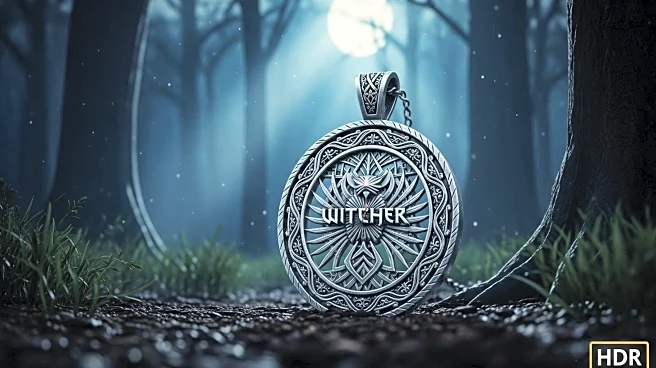What's Happening?
Netflix has stirred intrigue by removing a significant date from its report regarding Liam Hemsworth's takeover of the role of Geralt in The Witcher series. Originally, the report suggested Hemsworth was contacted about the role in 2020, which was between the airing of seasons 1 and 2, and two years before Henry Cavill officially announced his departure. This deletion has led to speculation about the timeline and circumstances surrounding Cavill's exit. The streaming service's decision to omit this detail has added to the ongoing discussion about the transition between the actors and the potential behind-the-scenes dynamics.
Why It's Important?
The alteration of the timeline in Netflix's report raises questions about transparency and the decision-making process within major entertainment productions. This development could impact fan perceptions and loyalty, as viewers often form strong attachments to actors in iconic roles. The handling of such transitions can affect the reputation of streaming platforms and their ability to manage high-profile series. Additionally, the situation highlights the complexities involved in casting decisions and the potential influence of public and critical feedback on such processes.
What's Next?
As Netflix continues to navigate the transition from Henry Cavill to Liam Hemsworth, further clarifications or statements may be expected from the company to address fan concerns. The reception of Hemsworth's portrayal in upcoming seasons will be crucial in determining the success of this casting change. Stakeholders, including fans and industry analysts, will likely monitor Netflix's strategies in managing this high-profile series and its impact on subscriber engagement.
Beyond the Headlines
The situation underscores the broader challenges faced by entertainment companies in maintaining continuity and audience satisfaction during major cast changes. It also reflects the growing importance of transparency and communication in the digital age, where information can rapidly influence public opinion and brand perception.










